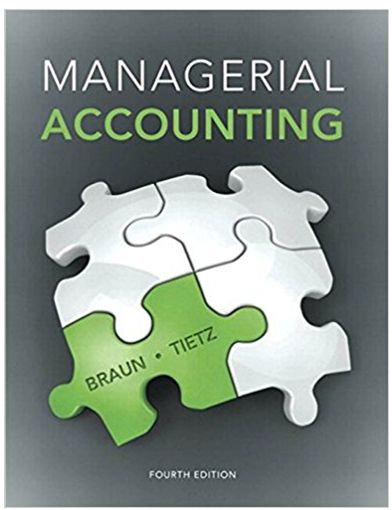Answered step by step
Verified Expert Solution
Question
1 Approved Answer
Multiple choice questions: Select the best answer for each of the following items. (1) A New Zealand Parent company has a U.S. Subsidiary. The

Multiple choice questions: Select the best answer for each of the following items. (1) A New Zealand Parent company has a U.S. Subsidiary. The U.S. Subsidiary produces and sells the goods in U.S. market. The operating expenses are in USD and the Subsidiary can retain most of its profits. Which one of the following statements is incorrect? A. The U.S. Subsidiary is highly dependent on the NZ Parent company. B. The primary economic environment of the U.S. Subsidiary is in U.S. C. The functional currency of the U.S. Subsidiary is USD. D. The financial statements of the U.S. Subsidiary should be translated from USD into NZD using Para 39 method. (2) A New Zealand Parent company has a U.K. Subsidiary. Which one of the following statements is correct? A. The functional currency of the U.K. Subsidiary has to be British Pounds. B. NZ Parent company can only use NZD as its presentation currency. C. The functional currency of the U.K. Subsidiary is the currency in which the transactions are recorded by the U.K. Subsidiary. D. Functional currency is the currency of the primary economic environment in which the entity operates. (3) A New Zealand Parent company has a Japanese Subsidiary. NZ Parent company has NZD as its functional currency and presentation currency. The Japanese Subsidiary has Japanese Yen as its functional currency. Therefore, when translating the Japanese Subsidiary's financial statements from Japanese Yen to NZD for consolidation purpose, the translation gains or losses should be included: A. In OCI account and accumulated in equity. B. In Profit and loss account in Income Statement. C. In the Balance sheet as an asset or liability. (4) When using Para 39 method to translate a foreign subsidiary's financial statements into NZD to consolidate with NZ parent company, which of the following statements is correct? A. All assets and liabilities are translated at the actual exchange rate when they were acquired. B. Retained earnings at acquisition can be translated using an exchange rate. C. Depreciation expense is translated at the closing exchange rate at the end of the reporting period. D. Opening inventory in the Income Statement, which is carried forward from last year's balance to calculate COGS, is translated at the actual exchange rate on transaction date.
Step by Step Solution
There are 3 Steps involved in it
Step: 1

Get Instant Access to Expert-Tailored Solutions
See step-by-step solutions with expert insights and AI powered tools for academic success
Step: 2

Step: 3

Ace Your Homework with AI
Get the answers you need in no time with our AI-driven, step-by-step assistance
Get Started


